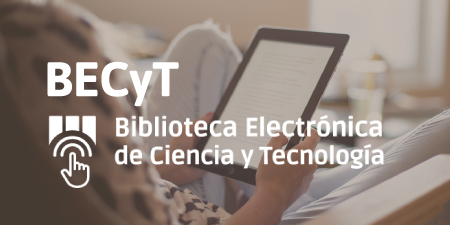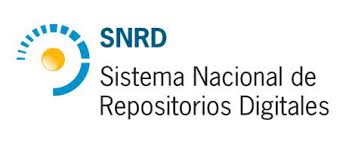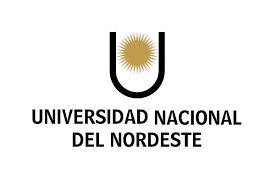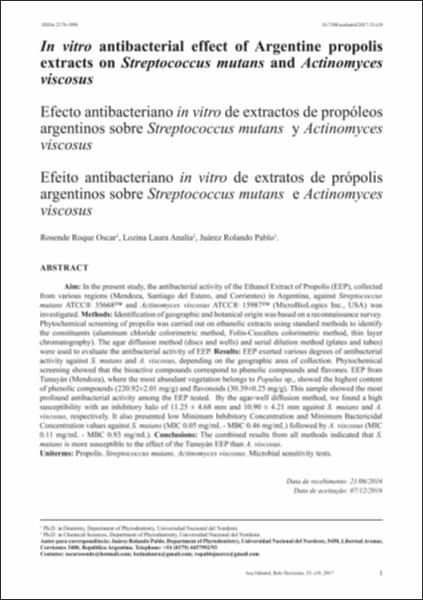Mostrar el registro sencillo del ítem
In vitro antibacterial effect of Argentine propolis extracts on Streptococcus mutans and Actinomyces viscosus
| dc.contributor.author | Rosende, Roque Oscar | es |
| dc.contributor.author | Lozina, Laura Analía | es |
| dc.contributor.author | Juárez, Rolando Pablo Alejandro | es |
| dc.date.accessioned | 2020-06-02T22:34:13Z | |
| dc.date.available | 2020-06-02T22:34:13Z | |
| dc.date.issued | 2017 | es |
| dc.identifier.citation | Rosende, Roque Oscar, Lozina, Laura Analía y JJuárez, Rolando Pablo Alejandro, 2017. In vitro antibacterial effect of Argentine propolis extracts on Streptococcus mutans and Actinomyces viscosus. Arq Odontol. Belo Horizonte: Universidade Federal de Minas Gerais, vol. 53, no. 19, p. 1-8. ISSN 2178-1990. | |
| dc.identifier.issn | 2178-1990 | |
| dc.identifier.uri | http://repositorio.unne.edu.ar/handle/123456789/1654 | |
| dc.description.abstract | Aim: In the present study, the antibacterial activity of the Ethanol Extract of Propolis (EEP), collected from various regions (Mendoza, Santiago del Estero, and Corrientes) in Argentina, against Streptococcus mutans ATCC® 35668™ and Actinomyces viscosus ATCC® 15987™ (MicroBioLogics Inc., USA) was investigated. Methods: Identification of geographic and botanical origin was based on a reconnaissance survey. Phytochemical screening of propolis was carried out on ethanolic extracts using standard methods to identify the constituents (aluminum chloride colorimetric method, Folin-Ciocalteu colorimetric method, thin layer chromatography). The agar diffusion method (discs and wells) and serial dilution method (plates and tubes) were used to evaluate the antibacterial activity of EEP. Results: EEP exerted various degrees of antibacterial activity against S. mutans and A. viscosus, depending on the geographic area of collection. Phytochemical screening showed that the bioactive compounds correspond to phenolic compounds and flavones. EEP from Tunuyán (Mendoza), where the most abundant vegetation belongs to Populus sp., showed the highest content of phenolic compounds (220.92±2.01 mg/g) and flavonoids (30.39±0.25 mg/g). This sample showed the most profound antibacterial activity among the EEP tested. By the agar-well diffusion method, we found a high susceptibility with an inhibitory halo of 11.25 ± 4.68 mm and 10.90 ± 4.21 mm against S. mutans and A. viscosus, respectively. It also presented low Minimum Inhibitory Concentration and Minimum Bactericidal Concentration values against S. mutans (MIC 0.05 mg/mL - MBC 0.46 mg/mL) followed by A. viscosus (MIC 0.11 mg/mL - MBC 0.93 mg/mL). Conclusions: The combined results from all methods indicated that S. mutans is more susceptible to the effect of the Tunuyán EEP than A. viscosus. | es |
| dc.format | application/pdf | |
| dc.format.extent | p. 1-8 | |
| dc.language.iso | por | es |
| dc.publisher | Universidade Federal de Minas Gerais | es |
| dc.rights | openAccess | es |
| dc.rights.uri | http://creativecommons.org/licenses/by-nc-nd/2.5/ar/ | es |
| dc.source | Arq Odontol, 2017, vol. 53, no. 19, p. 1-8. | |
| dc.subject | Propolis | es |
| dc.subject | Streptococcus mutans | es |
| dc.subject | Actinomyces viscosus | es |
| dc.subject | Microbial sensitivity tests | es |
| dc.title | In vitro antibacterial effect of Argentine propolis extracts on Streptococcus mutans and Actinomyces viscosus | es |
| dc.type | Artículo | es |
| dc.description.affiliation | Fil: Rosende, Roque Oscar. Universidad Nacional del Nordeste. Facultad de Odontología; Argentina. | es |
| dc.description.affiliation | Fil: Lozina, Laura Analía. Universidad Nacional del Nordeste. Facultad de Odontología; Argentina. | es |
| dc.description.affiliation | Fil: Juárez, Rolando Pablo Alejandro. Universidad Nacional del Nordeste. Facultad de Odontología; Argentina. | es |
| dc.description.affiliation | Fil: Juárez, Rolando Pablo Alejandro. Jefe de la División de Docencia e Investigación del Hospital Central de Odontología. Ministerio de Salud Pública de la Provincia del Chaco; Argentina. | es |
| unne.journal.pais | Brasil | |
| unne.journal.ciudad | Belo Horizonte |
Ficheros en el ítem
Este ítem aparece en la(s) siguiente(s) colección(ones)
-
Artículos de revista [327]










